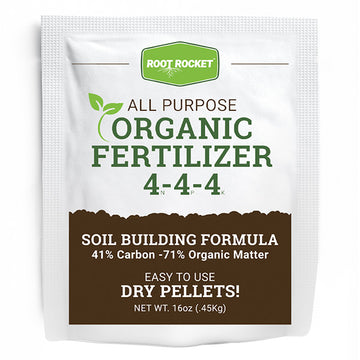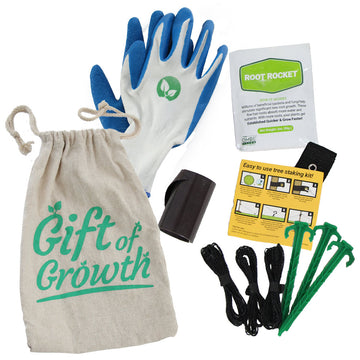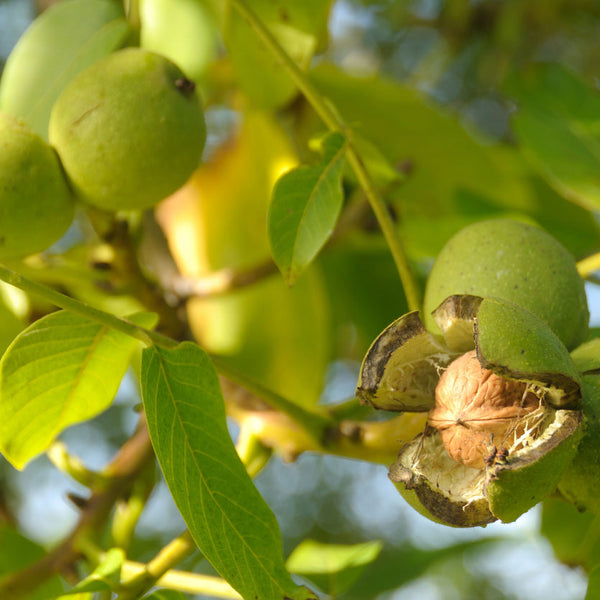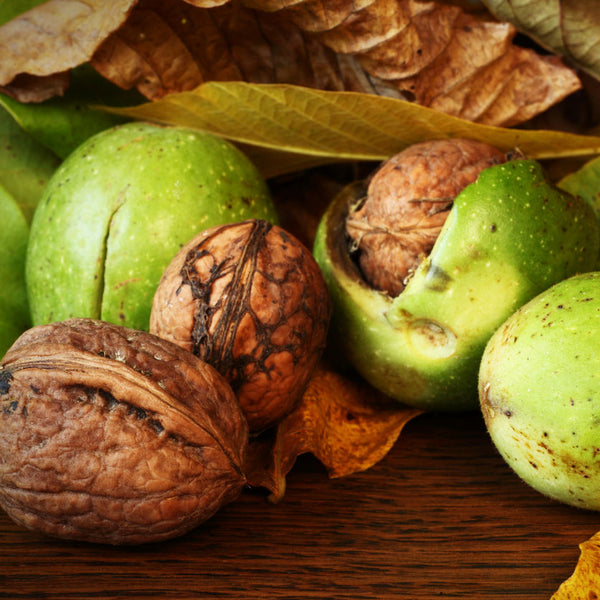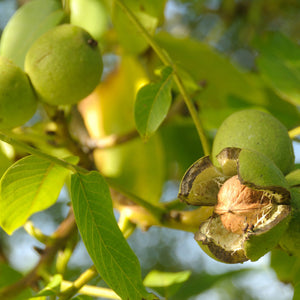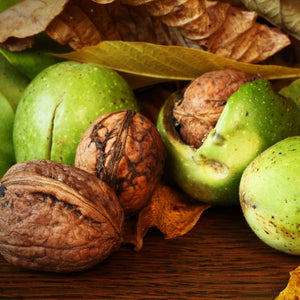Chandler Walnut Tree
Product Details
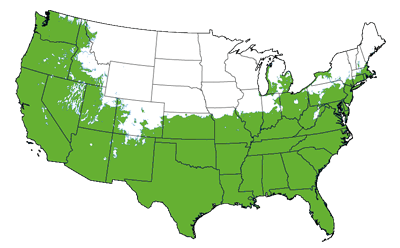 Growing Zones 6-10
Growing Zones 6-10
| Soil Type | Well Drained |
| Sunlight | Full |
| Drought Tolerance | Good |
| Mature Height | 30-40 Feet |
| Mature Width | 10-15 Feet |
| Growth Rate | Fast |
| Fall Color | Yellow |
| Shipping Restriction | AZ, CA, OR, TX |
The Chandler Walnut Tree is lovely to look at, easy to care for, and yields a popular nut that is both savory and sweet–it’s got good looks and delicious treats, all in one tree!
These trees are popular in home orchards and gardens, as they typically reach a maximum height of 40 feet and they grow upward, as opposed to spreading far and wide like other fruit and nut-bearing trees. To add to its list of superior qualities, the Chandler walnut tree bears nuts on lateral buds, as opposed to just the terminal. This means the volume of walnuts is robust and more evenly distributed throughout the tree, for a more scrumptious yield for you.
More than just good-looking and nut-bearing, the Chandler is a favorite in sunny landscaping that could use a bit of shade. This tree thrives in full sun and its dense foliage provides excellent respite for gardeners, children playing in the yard, or pairs of friends lazily sipping ice cold lemonade on a warm summer evening.
The Chandler walnut tree is self-fertile but would benefit from a nearby pollinator, such as a second Chandler or a Franquette walnut tree. In the presence of a pollinator, your yield is likely to double.
If your landscaping style leans toward the Mediterranean, cottage, organic, or informal you will be thrilled with the upright, bright green foliage of this tree, as well as its relatively compact size.
What time of year will my tree produce edible walnuts?
Your Chandler Walnuts will ripen in late September.
Will I need to prune my tree?
As with most fruit trees, you can prune your Chandler walnut tree in frost-free periods mid to late winter. To do so, remove most vertical branches and shorten side branches.
What does the fruit look like on this particular tree?
The fruit on the Chandler walnut tree is a large smooth oval nut that is bright to dark green. The nuts have a good shell seal, and high quality kernel.
Caring for your low maintenance Chandler Walnut Tree is a breeze.
To plant, simply dig a hole that’s as deep as the root ball and three times as wide. Place the tree into the hole, backfill and tamp the soil until it’s level with the ground, and make sure your tree is standing comfortably at a 90 degree angle. Once you’re confident your tree is securely in place, add a 1 to 2 inch layer of mulch to the surrounding soil being sure not to touch the trunk. This mulch will help preserve the moisture in the soil.
Then, water your tree. You won’t have to water it again until the soil is dry to the touch about 2 inches beneath the mulch. At that time, you can use a hose to water the soil near the trunk, but not at the trunk. Simple hold the hose in place for 30 seconds.
Fertilizing
You can fertilize your Chandler walnut tree if you’d like to give it a boost! If you choose to do so, the best times to fertilize are in early spring and again in early fall.

